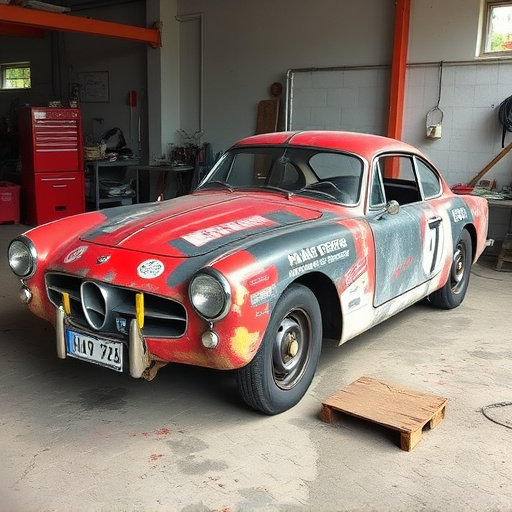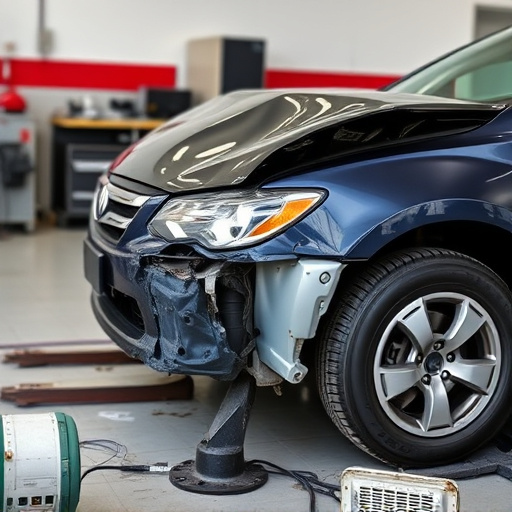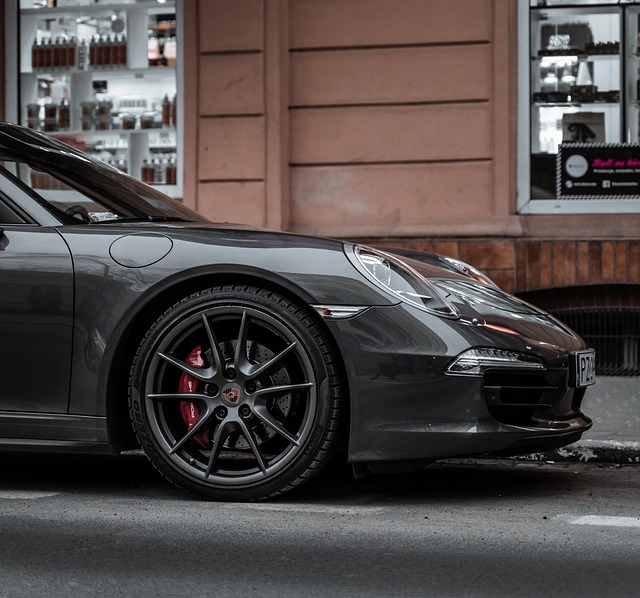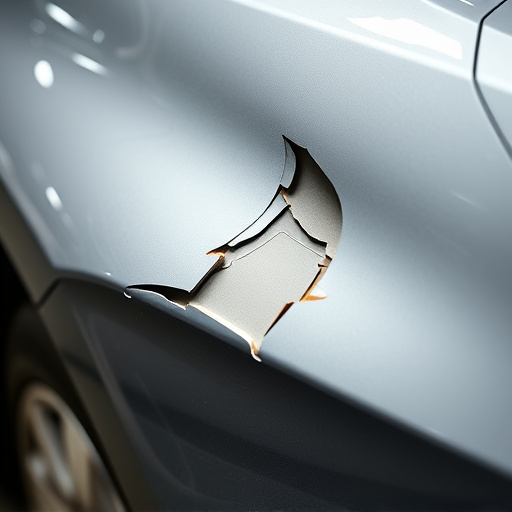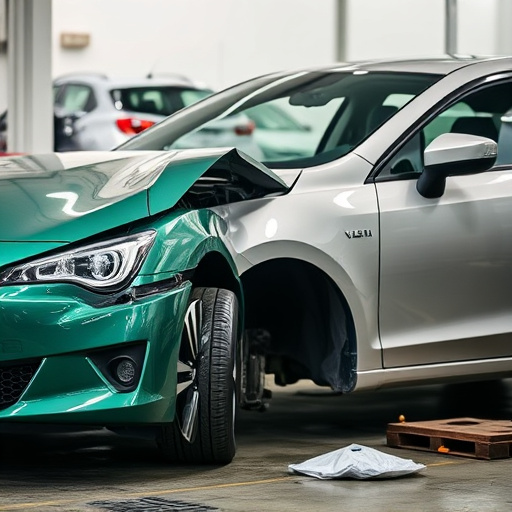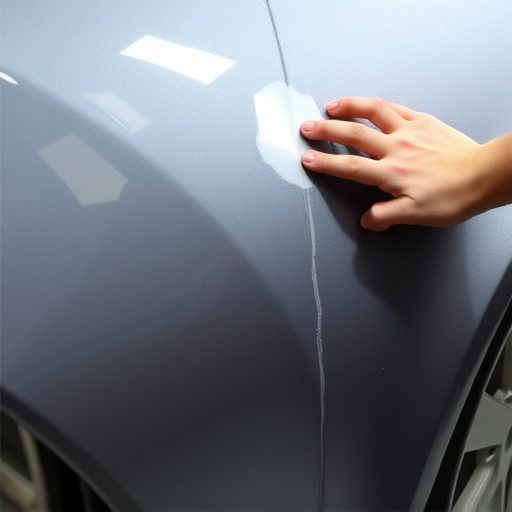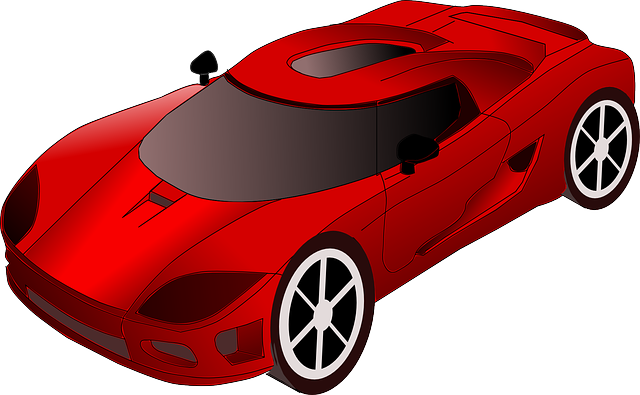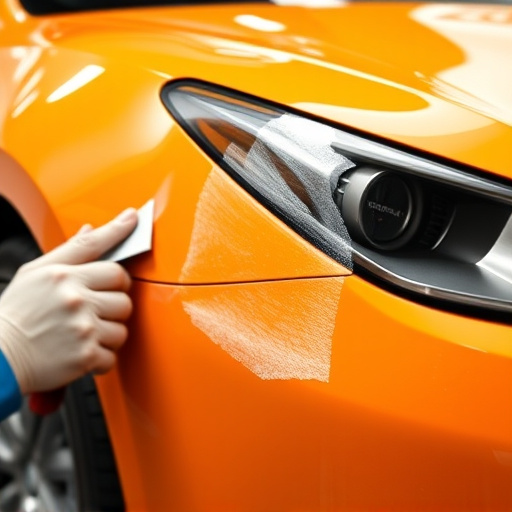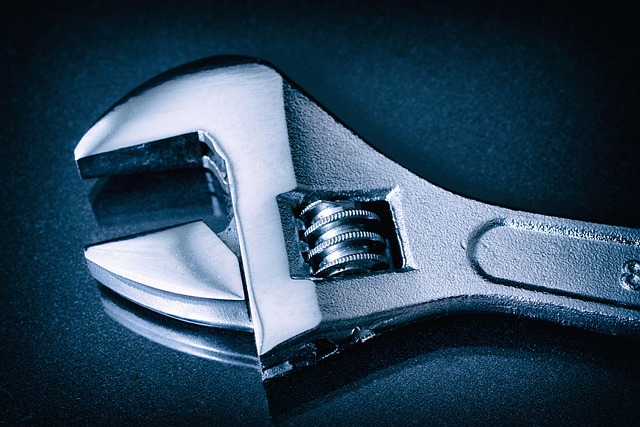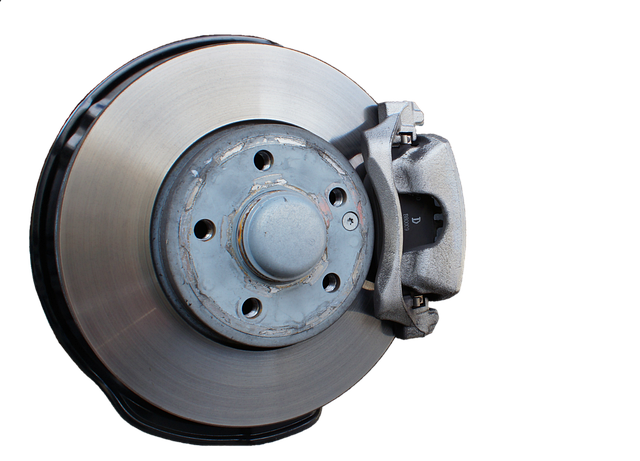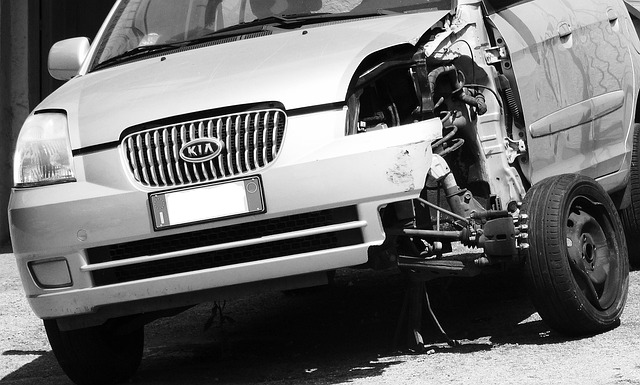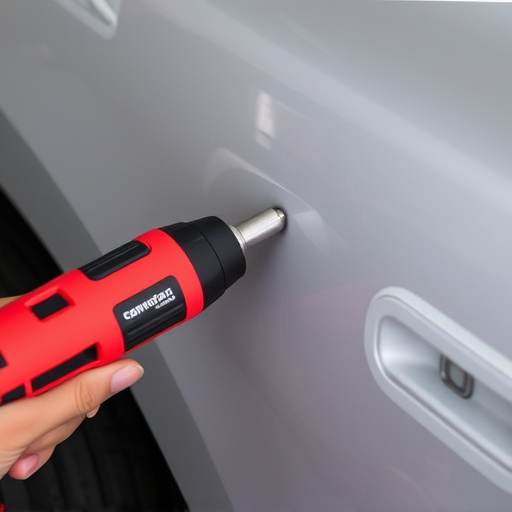Before deciding on bumper reinforcement repair, assess damage severity. While minor issues may be DIY or handled by regular auto shops, severe structural damage requires expert collision center attention. Regular inspections prevent major problems, as well-maintained bumpers protect vehicles and improve aesthetics. Severe dents, cracks, misalignments signal need for professional bumper reinforcement repair to preserve safety features and structural integrity, especially crucial for off-road vehicles or areas with road debris. Thorough evaluation ensures both occupant and driver safety, guiding repairs from adjustments to complete replacements.
Before scheduling bumper reinforcement repair, ask the right questions to ensure a safe and effective fix. This guide breaks down crucial considerations into three key sections: understanding when repair is necessary, navigating the repair process, and selecting a reputable shop. By addressing these aspects—from assessing damage to choosing a qualified provider—you can confidently take care of your vehicle’s bumper reinforcement, enhancing safety and peace of mind on the road.
- Assessing the Need for Bumper Reinforcement Repair
- – What damage requires bumper reinforcement repair?
- – How severe is the damage and what are the safety implications?
Assessing the Need for Bumper Reinforcement Repair
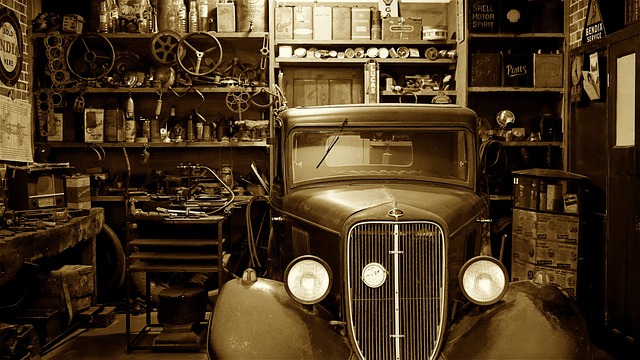
Before scheduling bumper reinforcement repair, it’s crucial to assess whether it’s truly necessary. Not every dent or scratch requires professional intervention. Start by evaluating the extent of the damage. Is the bumper distorted, cracked, or completely detached? If the issue is minor, such as a small dent or paint scratches, you might consider DIY solutions or visiting an auto repair shop for simple fixes like touch-up painting. However, if the bumper is severely damaged, especially if it affects structural integrity, immediate attention from an experienced auto collision center is recommended.
Regular inspections can help in identifying potential issues early on. Look out for signs of wear and tear, rust, or any loose parts. If you often navigate through challenging terrains or live in areas prone to road debris, scheduling regular bumper reinforcement repair can extend the life of your vehicle’s front guard. Remember, a well-maintained bumper not only enhances the aesthetics of your vehicle but also plays a vital role in protecting it from more severe damage during accidents.
– What damage requires bumper reinforcement repair?
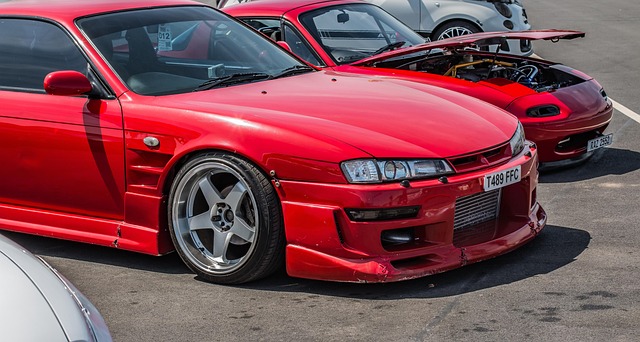
Damaged bumpers are often a clear indication that something has taken a toll on your vehicle. Bumper reinforcement repair becomes necessary when the bumper itself or its supporting structure sustains significant damage, typically from collisions or impacts. While minor dents and scratches might be addressed through dent removal and auto body painting services, more severe cases require professional attention to ensure proper alignment and structural integrity. Cracks, breaks, or misalignments in the bumper’s components necessitate bumper reinforcement repair to prevent further damage and maintain the vehicle’s safety features.
Collision repair experts are well-equipped to assess the extent of the damage and determine whether a simple fix or a comprehensive bumper reinforcement repair is required. They understand that the bumper plays a crucial role in the overall safety system of a vehicle, absorbing impact energy during collisions and preventing more severe damage to the car’s body and occupants. As such, proper repairs are essential to restore not just the aesthetic appeal but also the structural integrity of your vehicle.
– How severe is the damage and what are the safety implications?
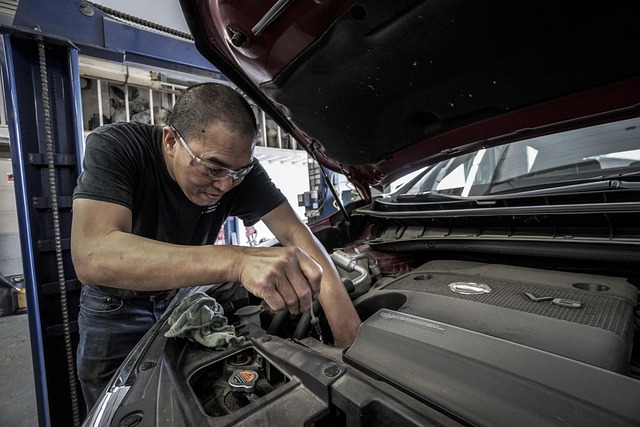
Before scheduling bumper reinforcement repair, it’s crucial to assess the severity of the damage and understand its safety implications. Bumper reinforcement is a critical component of your vehicle’s structure, designed to absorb impact energy during collisions. Severe damage can compromise this protective function, posing potential risks to both occupants and other drivers on the road. Not only does proper evaluation ensure the safety of everyone involved, but it also guides the repair process, dictating whether simple adjustments or complete replacement are required.
This initial step is particularly important because bumper reinforcement issues can sometimes be overlooked during routine auto maintenance checks. What appears as a minor car scratch repair might lead to underlying structural problems that require more than just auto glass repair solutions. By thoroughly examining the damage, you can avoid incomplete repairs and their associated long-term safety risks, ensuring your vehicle returns to its optimal condition on the road.
Before scheduling bumper reinforcement repair, it’s crucial to assess whether the damage requires immediate attention. Consider both the extent of the physical damage and its potential safety implications. If your vehicle has sustained significant impacts or shows signs of structural compromise, don’t delay; proper bumper reinforcement repair ensures optimal safety and longevity for your vehicle.
